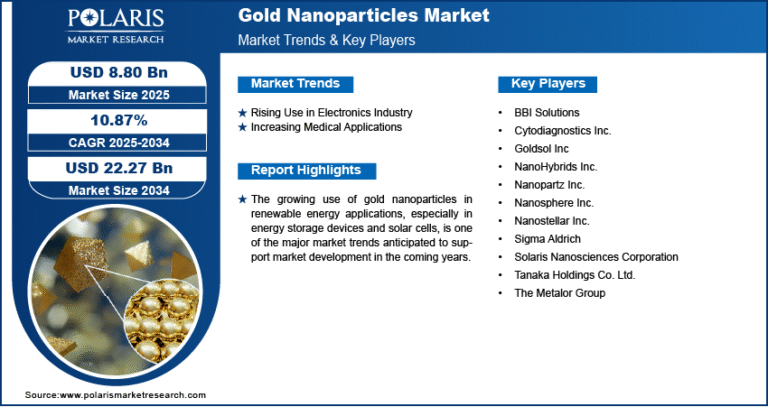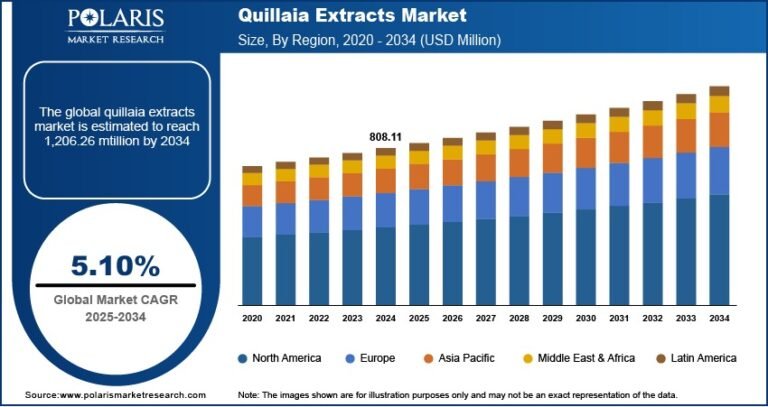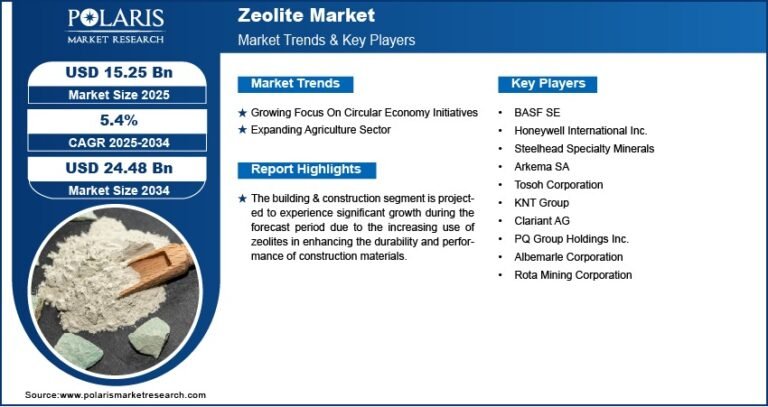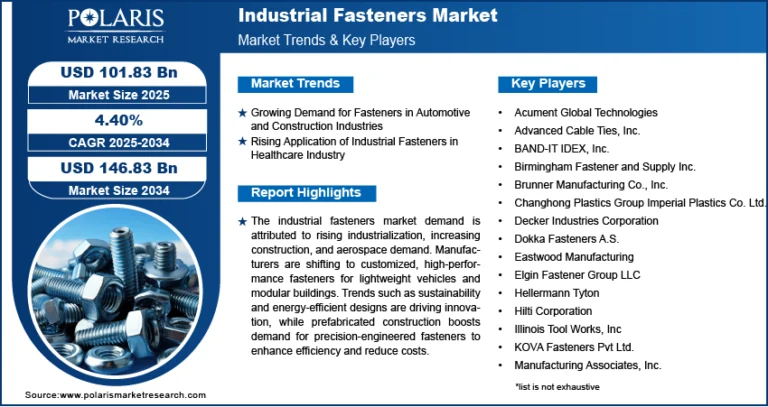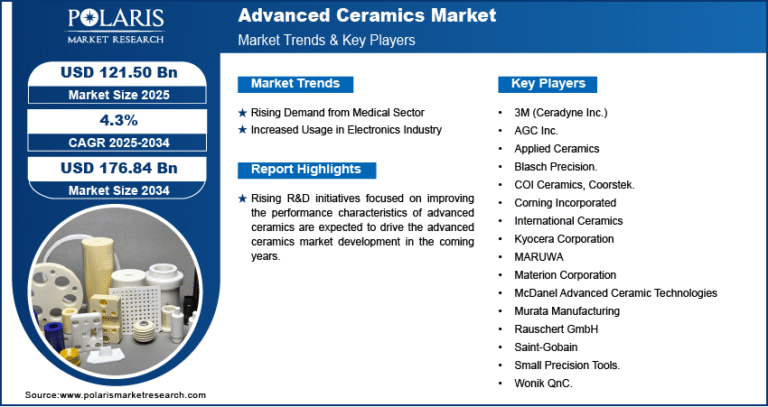Membrane Filtration Market is projected to reach USD 48.3 billion by 2034, growing at a CAGR of 9.30%.
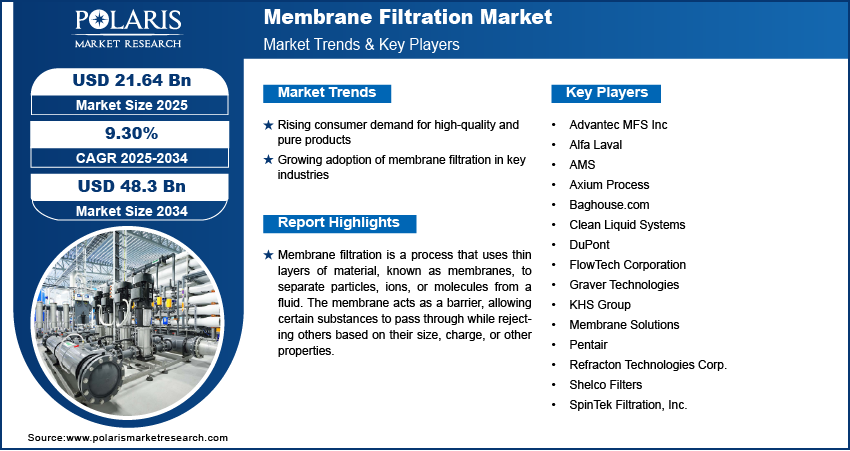
The global membrane filtration market was valued at USD 19.8 billion in 2024 and is anticipated to grow at a CAGR of 9.30% from 2025 to 2034. Growth is driven by increasing demand for clean water and advanced filtration technologies.
Key Market Trends & Insights
· Rising Demand for Water Reuse and Desalination
Increasing water scarcity has led to higher investments in water reuse and desalination plants, particularly in arid and urban areas, driving demand for membrane filtration systems.
· Growth of Ultrafiltration and Reverse Osmosis Technologies
Reverse osmosis (RO) and ultrafiltration (UF) are seeing higher adoption due to their efficiency in removing contaminants and achieving high water purity.
· Expansion in the Food & Beverage Sector
he food & beverage industry is leveraging membrane filtration for applications like milk concentration, beverage clarification, and protein separation, contributing to market growth.
· Integration with IoT and Smart Monitoring
Digital innovations and smart sensors are being integrated into membrane filtration systems to enable real-time monitoring and predictive maintenance.
· Sustainability and Energy-Efficient Systems
Eco-friendly and energy-saving membrane filtration solutions are gaining traction, aligning with global environmental goals and regulatory frameworks.
Market Size & Forecast
Market size value in 2025 USD – 21.64 billion
Revenue forecast in 2034 USD – 48.3 billion
CAGR – 9.30% from 2025 – 2034
Request for Free Sample:
Membrane Filtration Market Overview
The membrane filtration market is experiencing substantial growth due to increasing demand for clean and safe water across residential, commercial, and industrial sectors. The global push for sustainable water treatment solutions, alongside rising health awareness and environmental regulations, is accelerating the adoption of membrane filtration technologies. These systems are widely used for water & wastewater treatment, food and beverage processing, pharmaceuticals, and biotechnology industries.
Market Growth Drivers
- Stringent Environmental Regulations: Governments and environmental agencies worldwide are enforcing strict guidelines for wastewater treatment and industrial effluents, spurring market demand.
- Growing Population and Urbanization: Increased urban populations are placing immense pressure on existing water resources, necessitating advanced filtration technologies.
- Rising Health Awareness: Consumers and industries are increasingly aware of the importance of safe and clean water, boosting adoption in domestic and commercial setups.
- Technological Advancements: Ongoing R&D in membrane materials and module design has enhanced efficiency and cost-effectiveness, attracting new users.
- Expanding Industrial Applications: Beyond water treatment, sectors like pharmaceuticals, semiconductors, and chemicals are incorporating membrane filtration for critical purification processes.
Market Challenges
- High Capital and Operational Costs: Installation and maintenance of advanced Membrane Filtration systems can be costly, especially for small and medium enterprises.
- Membrane Fouling and Replacement Issues: Membrane fouling leads to performance degradation and requires frequent replacement, impacting long-term operational efficiency.
- Energy Consumption Concerns: Certain filtration processes, such as RO, are energy-intensive, which can be a constraint in regions with limited power infrastructure.
- Limited Access in Developing Regions: Lack of infrastructure and technical expertise in emerging economies restricts market penetration in rural and underserved areas.
- Waste Disposal and Concentrate Management: Handling and disposal of the reject stream or concentrate from membrane systems pose environmental challenges.


